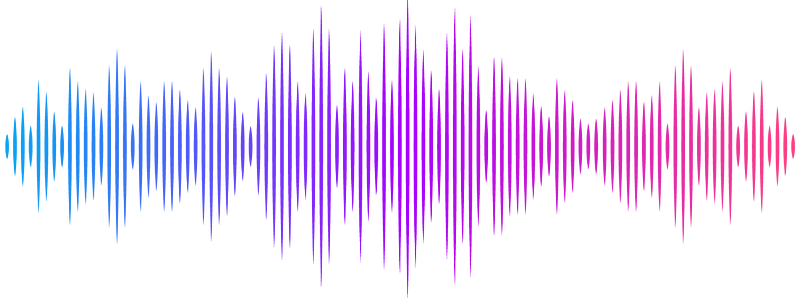Lack of Rest-frame UV Variability in Little Red Dots Based on HST and JWST Observations

Lack of Rest-frame UV Variability in Little Red Dots Based on HST and JWST Observations
Wei Leong Tee, Xiaohui Fan, Feige Wang, Jinyi Yang
AbstractVariability is a fundamental signature for active galactic nuclei (AGN) activity, and serve as an unbiased indicator for rapid instability happened near the center supermassive black hole (BH). Previous studies showed that AGN variability does not have strong redshift evolution, and scales with their bolometric luminosity and BH mass, making it a powerful probe to identify low-mass, low-luminosity AGNs at high redshift. JWST has discovered a new population of high-redshift galaxies likely hosting moderate accreting BHs ($10^6\,M_\odot$) -- the little red dots (LRDs, $z=4-10$). In this paper, we study the variability of a sample of 21 LRDs with V-shaped SEDs in three JWST deep fields that also have reliable HST observations in closely paired filters at 1-2 um (rest-frame UV), with the time difference between 6 and 11 years. This LRD sample covers a redshift range of $3<z<8$ with median -21.3$<M_\mathrm{UV}<$-18.4. Based on both photometry and imaging difference analyses, we find a mean magnitude difference of 0.12$\pm$0.24 mag, with none of the LRDs showing photometric variability at 3$\sigma$ significance. Extrapolation of SDSS quasar variability predicts a magnitude change of order 0.3 mag for our LRD sample. This suggests an upper limit of about 30\% AGN contribution to the total observed UV light in our sample of LRDs.